- Data Analytics refers to the science of analyzing raw data to make conclusions about the information. Moreover, data analytics procedures get automated into the mechanical process. It helps out in the consumption of mechanical processes through the help of data. Moreover, data analytics compasses a diverse set of data analyses. As a result of these factors demand Data Analytics Training Institute in Delhi increasing.
- However, data analytics can reduce the bottlenecks in the production units of the organization. Gaming companies use data analytics set out the reward schedule for the players who are competing in the market. Content companies also use the tantrums of data analytics for keeping, checking as well as re-organizing. Resultantly, the demand for Data Analytics Training in Delhi getting out the acceleration in demand.
- The course offers an overview of Big Data and helps out the candidates in assisting with different complicated procedures. Moreover, emphasizes a variety of Analytics things needed to make out organization efficient. Additionally, Data Analyst Training in Delhi increasing its demand;
Gathering out the user-relevant data for handling processes.
Conducting the data analytics using scientific methods.
Learning the techniques of quantitative analysis.
Adapting out to the real-life problems in Data Analytics.
Handling out the large amount of data related to organizational success.
- After completing the Data Analyst Online course the salary gets out in the range of Rs 1.8 lakh to Rs 11.9 lakh. Moreover, as per the reports of the ambition box, the average salary gets struck out at the rate of 15 lakh per annum.
- Getting out of a job in Data Analytics is the first step in growing out of the career in the domain of Data Analytics. In case you have no previous experience in this domain then you can go through the below-mentioned course prospects after Data Analytics Online Training;
The financial analyst is the first position that encompasses all the core components of data analytics. Moreover, this type of role can also include business analysts, investment managers, etc.
According to the latest research by the Bureau of Labor Classification, the salary expectations of a data analyst are so high in the market. As of 2020, the job category shows an average salary wage of $ 31.64.
With the evolving business world, the demand for data technology, machine learning as well as machine learning is seeking momentum. Moreover, these types of tech get integrated with the data analysis.
Overall the data analysts have multiple sets of skills as they are good at working with the numbers & reports. Moreover, they use strong presentation skills which can easily appease the customers.
Technology companies change out rapidly with the organizational procedures taking place. Departments are constantly adapting to the new changes which are taking place inside the industrial verticals.
- Undoubtedly, everyone heard about Data Analytics in modern businesses because they are responsible for handling organizational functions. Simply, data analytics is critical to handling organizational projects. As the Data Analyst training in Delhi gets completed you have to overcome the reasons behind its popularity:
The first step is the business understanding whenever any type of data comes out in front of data analysts they analyze the business situation & act according to the need of the hour.
Data analytics helps out in the exploration of data from different perspectives. Moreover, the data which gets collected from various sources need to be accessed accurately for future analysis.
Evaluating the analytic process for the further development as well as deployment functions in the organization. Moreover, we get to produce the final report & review it accordingly.
Big Data is the hottest topic going across the industrial scenario; the main reason behind it is that a huge amount of data is generated regularly. With increasing the competition in the market more & more companies are going through data analytics.
Almost every organization can adopt the new technologies which are trending in the market. Organizations have seen amazing growth due to the use of data analytics technologies.
- Data analysts are the professionals who get responsible for the senior leadership in the organization who make out strategic decisions. After completing the course from the Data Analytics training institute in Delhi you have to follow the below-mentioned primary duties:
Evaluation of business proceedings, anticipating out requirements as well as others.
Leading out the ongoing business operations for improving automation techniques.
Prioritization of new business requirements.
Effectively communicating the new insights of business to consumers & stakeholders.
Providing business solutions to the new enterprises.
- Key Tools:
Microsoft Excel
SQL (Structured Query Language)
Python
R Programming
Tableau/Power BI
Google Analytics
Big Data Tools
Data Wrangling Tools
Machine Learning Frameworks
Statistical Software
Cloud Platforms
Jupyter Notebooks
- Key Types:
Descriptive Analytics
Diagnostic Analytics
Predictive Analytics
Prescriptive Analytics
- After completing the Data Analyst training in Delhi multiple organizations will get to hire out from the pool of candidates. If we talk regarding the organizations then it is Infogain Solutions Pvt Ltd, PubMatic, Serving Skill, Reliance Retail, Huquo Consulting Pvt Ltd, Wipro, CBRE, etc.
- While completing the Data Analytics Course in Delhi you get out personalized training with specialized faculty members. Moreover, you also get out 100% globally recognized training certificate which will boost the chances of getting a job in a competitive market.
Why should you learn Data Analytics?
By registering here, I agree to Croma Campus Terms & Conditions and Privacy Policy
 Course Duration
Course Duration
180 Hrs.
Flexible Batches For You
19-Apr-2025*
- Weekend
- SAT - SUN
- Mor | Aft | Eve - Slot
21-Apr-2025*
- Weekday
- MON - FRI
- Mor | Aft | Eve - Slot
16-Apr-2025*
- Weekday
- MON - FRI
- Mor | Aft | Eve - Slot
19-Apr-2025*
- Weekend
- SAT - SUN
- Mor | Aft | Eve - Slot
21-Apr-2025*
- Weekday
- MON - FRI
- Mor | Aft | Eve - Slot
16-Apr-2025*
- Weekday
- MON - FRI
- Mor | Aft | Eve - Slot
Course Price :
Timings Doesn't Suit You ?
We can set up a batch at your convenient time.
Program Core Credentials
Trainer Profiles
Industry Experts
Trained Students
10000+
Success Ratio
100%
Corporate Training
For India & Abroad
Job Assistance
100%
Batch Request
FOR QUERIES, FEEDBACK OR ASSISTANCE
Contact Croma Campus Learner Support
Best of support with us
CURRICULUM & PROJECTS
Data Analytics Certification Training
- Creation of Excel Sheet Data
- Range Name, Format Painter
- Conditional Formatting, Wrap Text, Merge & Centre
- Sort, Filter, Advance Filter
- Different type of Chart Creations
- Auditing, (Trace Precedents, Trace Dependents)Print Area
- Data Validations, Consolidate, Subtotal
- What if Analysis (Data Table, Goal Seek, Scenario)
- Solver, Freeze Panes
- Various Simple Functions in Excel(Sum, Average, Max, Min)
- Real Life Assignment work
- Advance Data Sorting
- Multi-level sorting
- Restoring data to original order after performing sorting
- Sort by icons
- Sort by colours
- Lookup Functions
- Lookup
- VLookup
- HLookup
- Subtotal, Multi-Level Subtotal
- Grouping Features
- Column Wise
- Row Wise
- Consolidation With Several Worksheets
- Filter
- Auto Filter
- Advance Filter
- Printing of Raw & Column Heading on Each Page
- Workbook Protection and Worksheet Protection
- Specified Range Protection in Worksheet
- Excel Data Analysis
- Goal Seek
- Scenario Manager
- Data Table
- Advance use of Data Tables in Excel
- Reporting and Information Representation
- Pivot Table
- Pivot Chat
- Slicer with Pivot Table & Chart
- Generating MIS Report In Excel
- Advance Functions of Excel
- Math & Trig Functions
- Text Functions
- Lookup & Reference Function
- Logical Functions & Date and Time Functions
- Database Functions
- Statistical Functions
- Financial Functions
- Functions for Calculation Depreciation
- SQL Server 2019 Installation
- Service Accounts & Use, Authentication Modes & Usage, Instance Congurations
- SQL Server Features & Purpose
- Using Management Studio (SSMS)
- Conguration Tools & SQLCMD
- Conventions & Collation
- SQL Database Architecture
- Database Creation using GUI
- Database Creation using T-SQL scripts
- DB Design using Files and File Groups
- File locations and Size parameters
- Database Structure modications
- SQL Server Database Tables
- Table creation using T-SQL Scripts
- Naming Conventions for Columns
- Single Row and Multi-Row Inserts
- Table Aliases
- Column Aliases & Usage
- Table creation using Schemas
- Basic INSERT
- UPDATE
- DELETE
- SELECT queries and Schemas
- Use of WHERE, IN and BETWEEN
- Variants of SELECT statement
- ORDER BY
- GROUPING
- HAVING
- ROWCOUNT and CUBE Functions
- Table creation using Constraints
- NULL and IDENTITY properties
- UNIQUE KEY Constraint and NOT NULL
- PRIMARY KEY Constraint & Usage
- CHECK and DEFAULT Constraints
- Naming Composite Primary Keys
- Disabling Constraints & Other Options
- Benets of Views in SQL Database
- Views on Tables and Views
- SCHEMA BINDING and ENCRYPTION
- Issues with Views and ALTER TABLE
- Common System Views and Metadata
- Common Dynamic Management views
- Working with JOINS inside views
- Need for Indexes & Usage
- Indexing Table & View Columns
- Index SCAN and SEEK
- INCLUDED Indexes & Usage
- Materializing Views (storage level)
- Composite Indexed Columns & Keys
- Indexes and Table Constraints
- Primary Keys & Non-Clustered Indexes
- Why to use Stored Procedures
- Types of Stored Procedures
- Use of Variables and parameters
- SCHEMABINDING and ENCRYPTION
- INPUT and OUTPUT parameters
- System level Stored Procedures
- Dynamic SQL and parameterization
- Scalar Valued Functions
- Types of Table Valued Functions
- SCHEMABINDING and ENCRYPTION
- System Functions and usage
- Date Functions
- Time Functions
- String and Operational Functions
- ROW_COUNT
- GROUPING Functions
- Why to use Triggers
- DML Triggers and Performance impact
- INSERTED and DELETED memory tables
- Data Audit operations & Sampling
- Database Triggers and Server Triggers
- Bulk Operations with Triggers
- Cursor declaration and Life cycle
- STATIC
- DYNAMIC
- SCROLL Cursors
- FORWARD_ONLY and LOCAL Cursors
- KEYSET Cursors with Complex SPs
- ACID Properties and Scope
- EXPLICIT Transaction types
- IMPLICIT Transactions and options
- AUTOCOMMIT Transaction and usage
- Overview of BI concepts
- Why we need BI
- Introduction to SSBI
- SSBI Tools
- Why Power BI
- What is Power BI
- Building Blocks of Power BI
- Getting started with Power BI Desktop
- Get Power BI Tools
- Introduction to Tools and Terminology
- Dashboard in Minutes
- Interacting with your Dashboards
- Sharing Dashboards and Reports
- Power BI Desktop
- Extracting data from various sources
- Workspaces in Power BI
- Data Transformation
- Query Editor
- Connecting Power BI Desktop to our Data Sources
- Editing Rows
- Understanding Append Queries
- Editing Columns
- Replacing Values
- Formatting Data
- Pivoting and Unpivoting Columns
- Splitting Columns
- Creating a New Group for our Queries
- Introducing the Star Schema
- Duplicating and Referencing Queries
- Creating the Dimension Tables
- Entering Data Manually
- Merging Queries
- Finishing the Dimension Table
- Introducing the another DimensionTable
- Creating an Index Column
- Duplicating Columns and Extracting Information
- Creating Conditional Columns
- Creating the FACT Table
- Performing Basic Mathematical Operations
- Improving Performance and Loading Data into the Data Model
- Introduction to Modelling
- Modelling Data
- Manage Data Relationship
- Optimize Data Models
- Cardinality and Cross Filtering
- Default Summarization & Sort by
- Creating Calculated Columns
- Creating Measures & Quick Measures
- What is DAX
- Data Types in DAX
- Calculation Types
- Syntax, Functions, Context Options
- DAX Functions
- Date and Time
- Time Intelligence
- Information
- Logical
- Mathematical
- Statistical
- Text and Aggregate
- Measures in DAX
- Measures and Calculated Columns
- ROW Context and Filter Context in DAX
- Operators in DAX - Real-time Usage
- Quick Measures in DAX - Auto validations
- In-Memory Processing DAX Performance
- Installation and Working with Python
- Understanding Python variables
- Python basic Operators
- Understanding the Python blocks.
- Python Comments, Multiline Comments.
- Python Indentation
- Understating the concepts of Operators
- Arithmetic
- Relational
- Logical
- Assignment
- Membership
- Identity
Mock Interviews
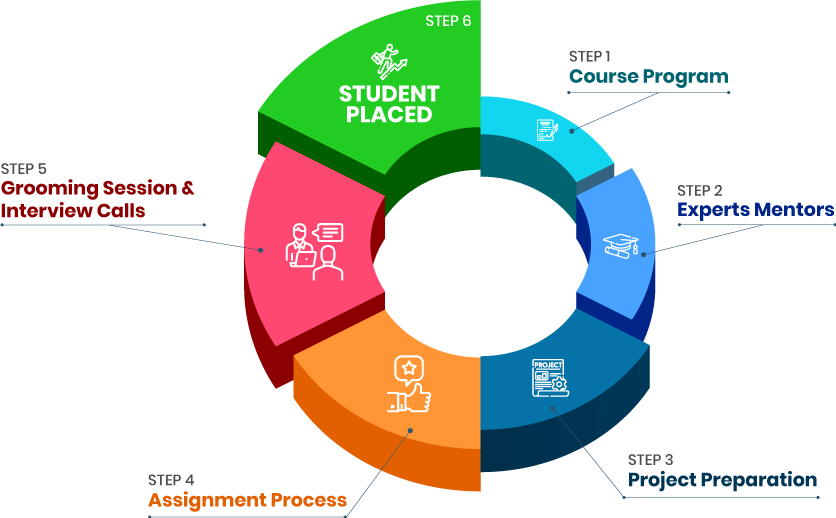
Phone (For Voice Call):
+91-971 152 6942WhatsApp (For Call & Chat):
+919711526942SELF ASSESSMENT
Learn, Grow & Test your skill with Online Assessment Exam to
achieve your Certification Goals

FAQ's
Croma campus is one of the best institutes for the training of IT professional jobs. It is one of the most prestigious and certified organizations that has been associated with the top most MNCs. Croma Campus is really famous for its innovative and technical teaching methods. So, if you want to get linked with Data Analytics then do a Collab with Croma Campus.
Data Analytics is a process of examining datasets to know about the information they contain. There are a lot of works and jobs under Data Analytics. The first thing you need to do is to always keep your profile updated on LinkedIn because they are directly associated with Data Analytics. So, if you get a Data Analytics certificate you can work as Data Analyst.
Data Analytics is nowadays becoming a very important certification that can lead you to get a good job. To get any Data Analyst job you need to get a certification in Data Analytics. There is a list of things after which you can get a certificate that contains in-depth training, many simultaneous exams, live demos, and other industrial projects that can make you a perfect Data Analyst. After all this training, you can get a Data Analytics certification.
Croma Campus India program sizes a powerful training tool that can be applied in classrooms as well as in manufacturing. We offer a wide range of agendas for Live Project Data Analytics Training in Delhi under the leadership of the best industrial experts. We are always awarded for the past 10 years as the Best Data Analytics Training Institute in Delhi.
The ways to connect Croma Campus
- Phone Number: - +91-120-4155255, +91-9711526942
- Email: - info@cromacampus.com
- Address: - G-21, Sector-03, Noida (201301)

- - Build an Impressive Resume
- - Get Tips from Trainer to Clear Interviews
- - Attend Mock-Up Interviews with Experts
- - Get Interviews & Get Hired
If yes, Register today and get impeccable Learning Solutions!

Training Features
Instructor-led Sessions
The most traditional way to learn with increased visibility,monitoring and control over learners with ease to learn at any time from internet-connected devices.
Real-life Case Studies
Case studies based on top industry frameworks help you to relate your learning with real-time based industry solutions.
Assignment
Adding the scope of improvement and fostering the analytical abilities and skills through the perfect piece of academic work.
Lifetime Access
Get Unlimited access of the course throughout the life providing the freedom to learn at your own pace.
24 x 7 Expert Support
With no limits to learn and in-depth vision from all-time available support to resolve all your queries related to the course.
Certification
Each certification associated with the program is affiliated with the top universities providing edge to gain epitome in the course.
Showcase your Course Completion Certificate to Recruiters
-
Training Certificate is Govern By 12 Global Associations.
-
Training Certificate is Powered by “Wipro DICE ID”
-
Training Certificate is Powered by "Verifiable Skill Credentials"




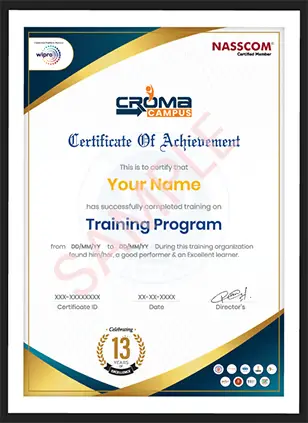
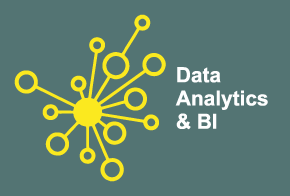


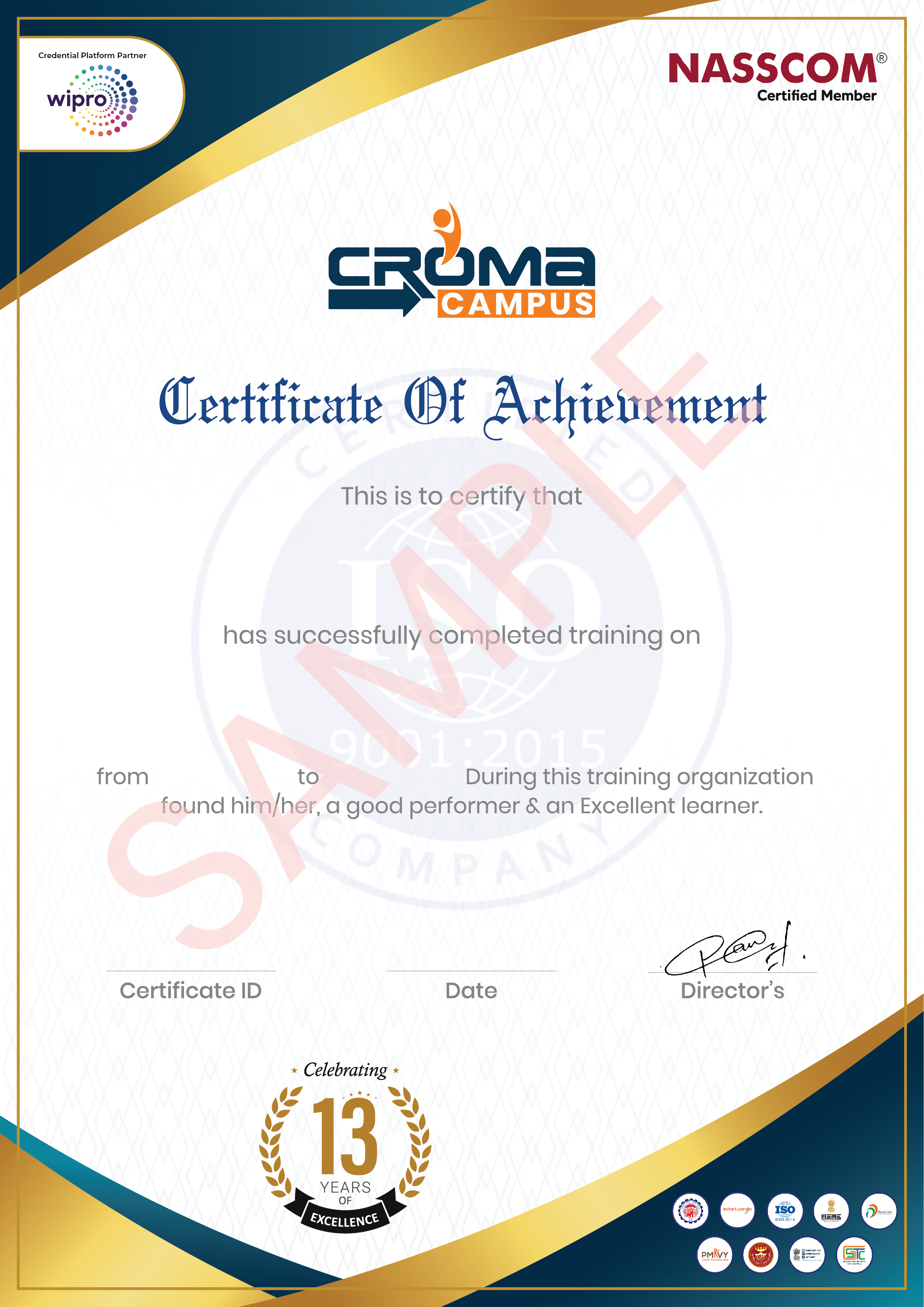
.webp)









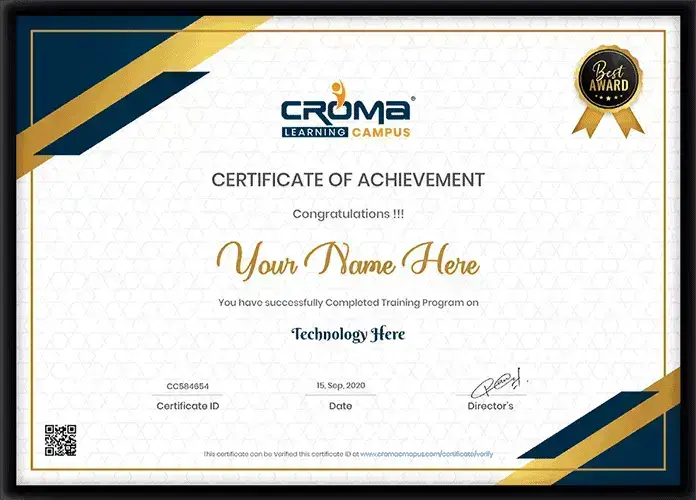













 Master in Cloud Computing Training
Master in Cloud Computing Training